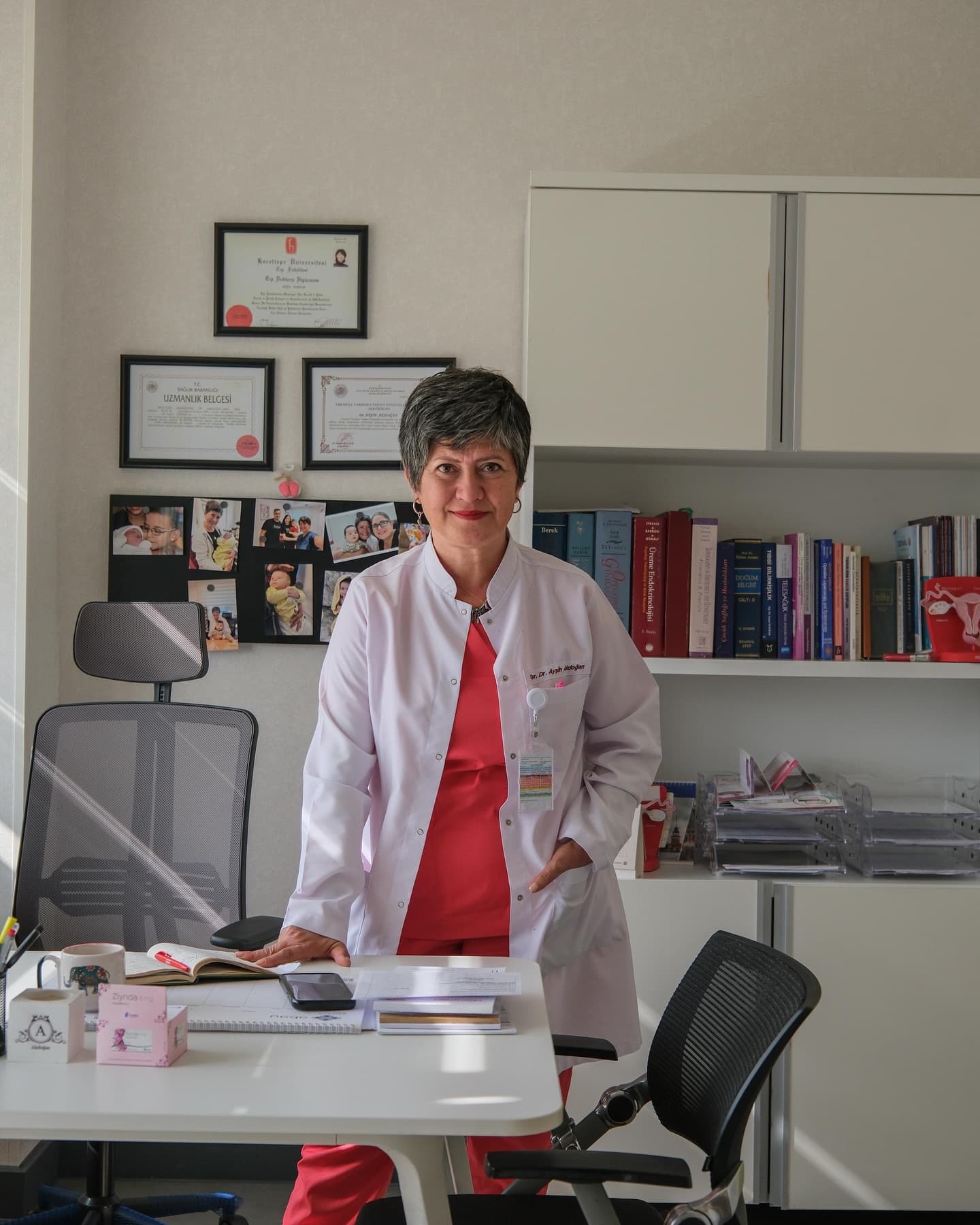
IVF
What is IVF? A Step-by-Step Guide to Treatment in Izmir
What is IVF? In Simple Terms
In Vitro Fertilization (IVF), in its simplest definition, is the process of fertilizing female and male reproductive cells (egg and sperm) outside the body in a laboratory environment, and then transferring the resulting embryo into the mother's uterus. This method is the most effective and widely used assisted reproductive technology for couples who have difficulty conceiving naturally.
Who is IVF Treatment Suitable For?
IVF treatment can be a beacon of hope for couples dealing with specific or unexplained infertility. This treatment is particularly recommended in the following situations:
- Blocked or Damaged Fallopian Tubes in Women: One of the most common reasons preventing sperm and egg from meeting.
- Unexplained Infertility: Cases where pregnancy is not achieved despite all tests being normal.
- Male Factor Infertility: Serious problems with sperm count, motility, or morphology.
- Advanced Maternal Age: Situations where natural fertility has declined and egg quality has decreased.
- Endometriosis: A condition where uterine lining tissue grows outside the uterus, which can prevent pregnancy.
- Polycystic Ovary Syndrome (PCOS): Cases with irregular ovulation where other treatments have failed.
- Recurrent IUI Failures: Couples who have not achieved results with simpler treatment methods.
- Risk of Genetic Diseases: To eliminate the risk of passing a known genetic disease in the family to the child (in conjunction with PGT).
Step-by-Step IVF Stages
The IVF process at our Izmir clinic is carefully planned according to each patient's individual situation and generally consists of the following steps:
- Ovarian Stimulation: Starting on the 2nd or 3rd day of the menstrual cycle, this phase lasts for about 8-12 days. The goal is to obtain multiple high-quality eggs (follicles) with hormone injections, instead of the single egg that develops in a normal cycle.
- Egg Retrieval (OPU): When the follicles reach the desired size, a final maturation injection, known as the "trigger shot," is administered. Approximately 35-36 hours after this injection, the eggs are collected in a painless procedure under light anesthesia, guided by ultrasound.
- Fertilization: On the same day, the highest quality sperm, obtained from the male partner, are selected in the laboratory and injected into each mature egg using the microinjection (ICSI) method.
- Embryo Development Monitoring: The fertilized eggs are now embryos. They are monitored for 3 to 5 days in advanced technology incubators like the Embryoscope, which tracks their development 24/7.
- Embryo Transfer: The embryo with the highest potential for implantation is selected and transferred into the mother's uterus using a thin catheter in a painless procedure.
- Pregnancy Test: A blood test (Beta-hCG) is performed 12 days after the transfer to definitively determine if pregnancy has occurred.
What is the Difference Between IVF and IUI?
The main difference is where fertilization takes place. In Intrauterine Insemination (IUI), prepared, high-quality sperm are placed directly into the uterus, and fertilization is expected to occur naturally inside the fallopian tubes. In IVF, the fertilization process takes place outside the body in a laboratory setting.
How Long Does the Treatment Process Take?
The active treatment process, from the first consultation to the pregnancy test, typically takes about 20-30 days, depending on the patient's condition and treatment protocol. This period includes ovarian stimulation, egg retrieval, embryo transfer, and the waiting period.
Frequently Asked Questions
The egg retrieval procedure (OPU) is painless as it is performed under light anesthesia. The embryo transfer is a simple and painless procedure that usually does not require anesthesia. There might be slight discomfort during the injection treatment.
The success rate varies depending on many factors such as the woman's age, ovarian reserve, sperm quality, and the genetic health of the embryo. In younger age groups, this rate can reach 50-60%, while it decreases with advanced age. At our clinic, we aim for the highest success rates with personalized approaches.
Failure in the first attempt should not lead to despair. The reasons for the failure are thoroughly investigated, and a new strategy is determined for the next attempt. If there are frozen embryos, the next attempt can be easier and less costly.
